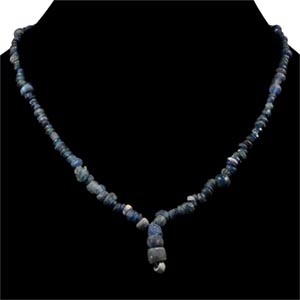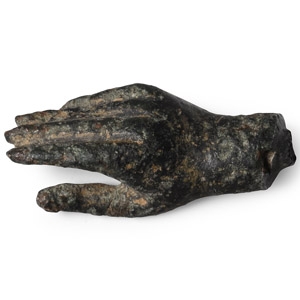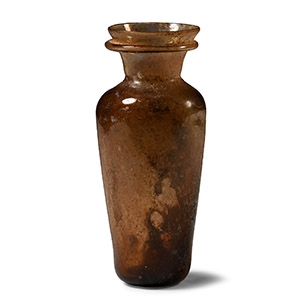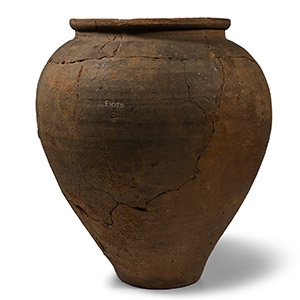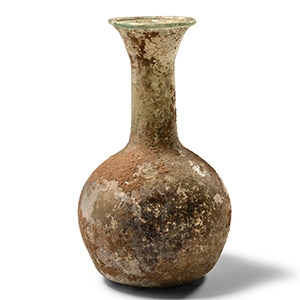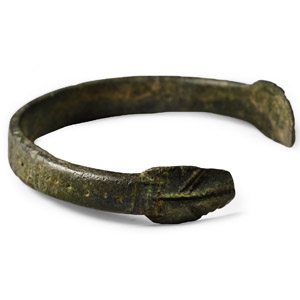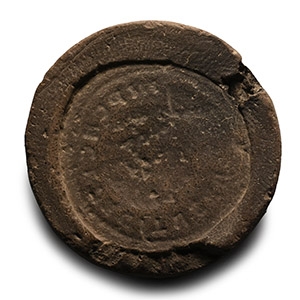Home > Auctions > 26 November - 1 December 2024
Ancient Art, Antiquities, Natural History & Coins
Ex property of a late Japanese collector, 1970-2000s.
From the collection of a gentleman, acquired on the London art market in the 1990s.
From a London, UK, collection, 1990s.
From the collection of a gentleman, acquired on the London art market in the 1990s.
Hendin, Ancient Scale Weights -; Pondera -; Rochesnard -; Elay & Elayi, Recherches -.
Found Wroxeter (Viroconium Cornoviorum), UK, in 1921.
From a West Country, UK, collection, 1990s.
Accompanied by a handwritten identification card with '1921' to verso.
Cf. Carr, G., Excarnation to Cremation: Continuity or Change? in Colin Haselgrove and Tom Moore, The Later Iron Age in Britain and Beyond, Oxford, 2007, for discussion of usage.
The Cornovii inhabited an area of the (modern) English West Midlands, from Staffordshire to Chester, centered on modern Wroxeter (Viroconium Cornoviorum). This was among the largest administrative centres in Roman Britain, and drew its wealth in part from salt production and the mining of lead, copper and silver.
Ex London, UK, collection, 1980-1990s.
Cf. Whitehouse, D., Roman Glass in the Corning Museum of Glass, vol.1, New York, 1997, item 194, for the type.
This toilet bottle could be associated with the Isings form 6 and De Tommaso type 7. These small bottles are among the earliest known blown glass. The everted rim seems to distinguish examples made in Italy and the western Mediterranean provinces from those of the Eastern Mediterranean, on which the rim is usually folded in the form of a flange.
Acquired on the European art market since the early 2000s.
From the private Northern Ireland collection of R.M.
Ex German art market, 2000s.
Acquired from an EU collector living in London.
From the collection of Surrey, UK, gentleman.
From the collection of a gentleman, acquired on the London art market in the 1990s.
From a collection acquired on the UK art market from various auction houses and collections mostly before 2000.
From an important Cambridgeshire estate; thence by descent.
From a family collection mostly formed in the 1940s-1950s, thence by descent.
Cf. Whitehouse, D., Roman Glass in The Corning Museum Of Glass, Volume 2, New York, 2003, p.132, for similar.
From the collection of a gentleman, acquired on the London art market in the 1990s.
553 - 564 of 3419 LOTS

